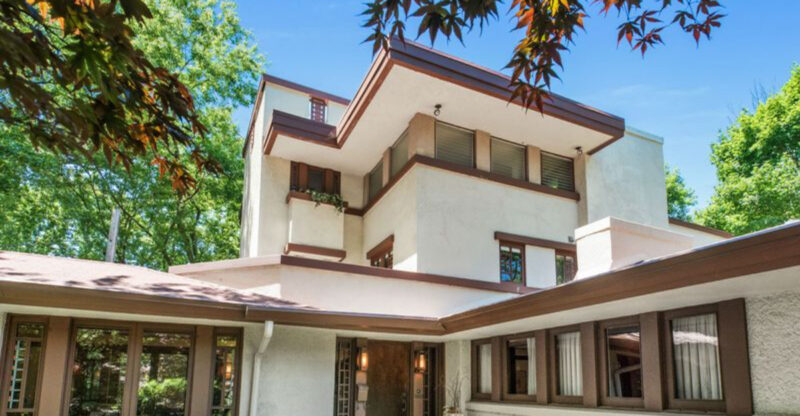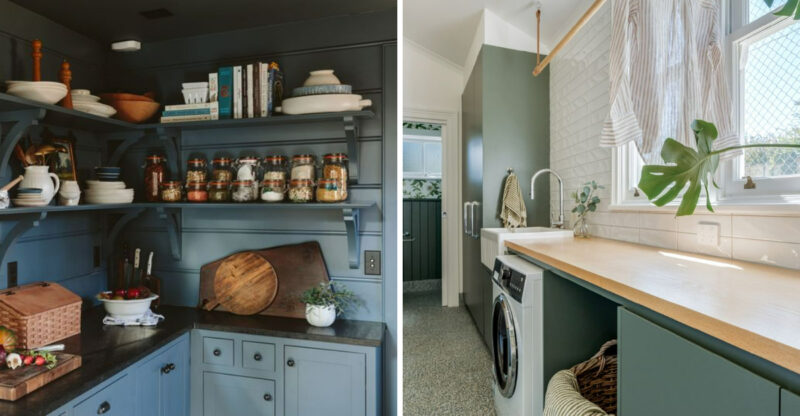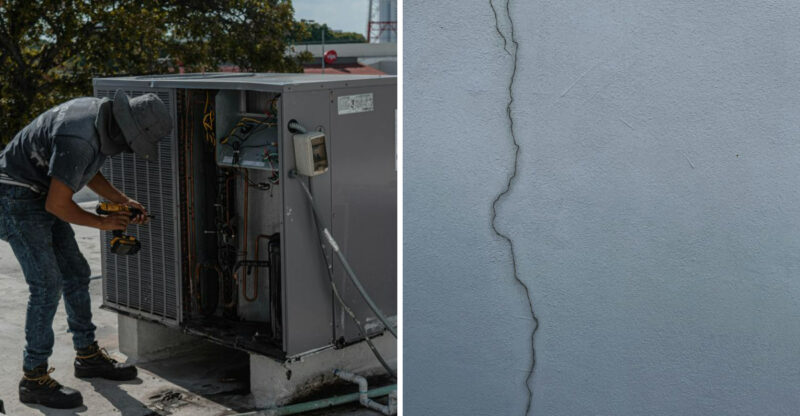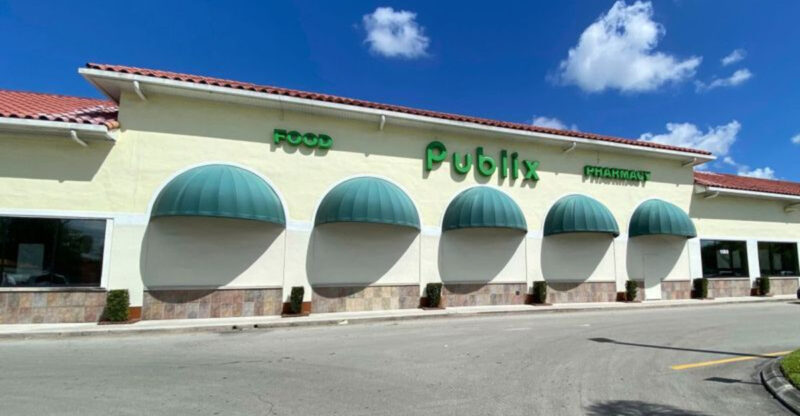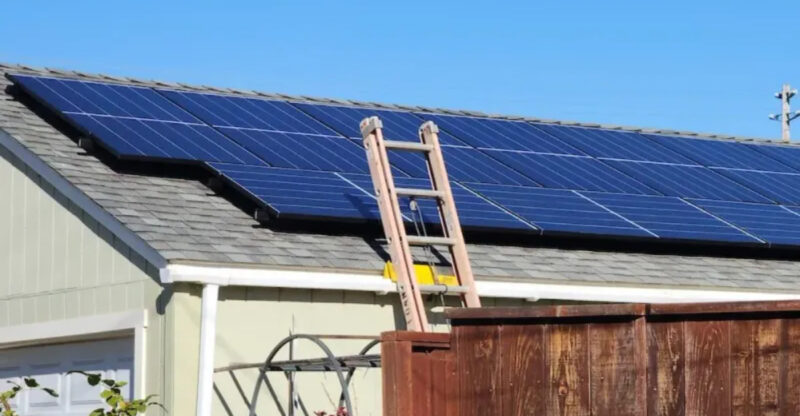8 Homes Losing Value In Utah And 6 That Struggle To Impress Buyers
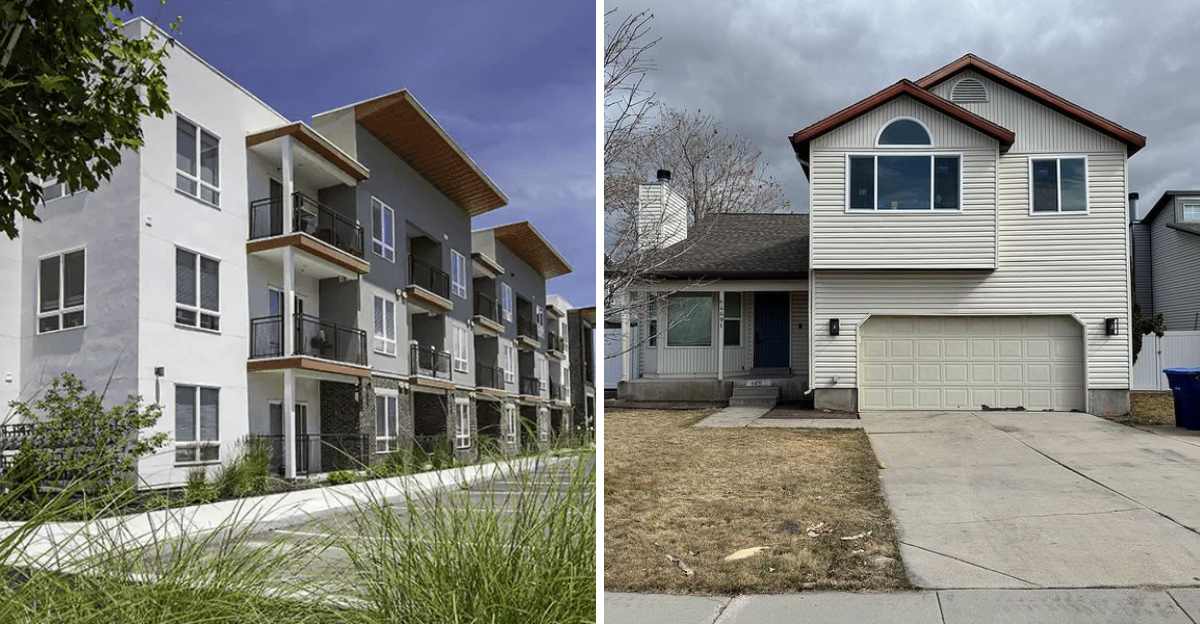
The Utah housing market has seen some interesting shifts lately. Not all properties are holding their value or attracting buyers like they used to. Some homes are experiencing significant price drops while others sit on the market for months without much interest. Understanding which types of properties are struggling can help both sellers and buyers make smarter decisions in this changing market.
1. Sprawling McMansions in Suburban Developments
Once the pinnacle of luxury living, oversized McMansions in places like Draper and Sandy are seeing dramatic price reductions. Younger buyers simply aren’t interested in maintaining these massive properties.
High utility costs and outdated formal spaces like separate dining rooms don’t match modern lifestyles. The enormous square footage that seemed impressive a decade ago now feels wasteful to environmentally conscious buyers.
2. Older Homes Near Growing Commercial Areas
Residential properties adjacent to expanding commercial zones in Salt Lake City are struggling to maintain value. As businesses encroach on previously quiet neighborhoods, traffic increases and peaceful residential character diminishes.
Noise pollution and reduced privacy make these locations less desirable for families. While convenient for commuters, the loss of neighborhood feel and increased commercial activity creates a challenging selling environment for homeowners.
3. Mountain Cabins With Limited Access
Remote mountain retreats with difficult winter access are falling out of favor. Properties in areas like the Uinta Mountains that require specialized vehicles or become inaccessible during snow months present lifestyle challenges many buyers aren’t willing to accept.
Insurance costs have skyrocketed for these properties due to wildfire concerns. The combination of access issues, maintenance requirements, and rising insurance premiums has severely impacted their market appeal.
4. Water Challenged Properties in Southern Utah
Homes in Washington County and other southern regions facing water restrictions are seeing values plummet. As drought conditions persist throughout the Southwest, properties with large lawns or water features have become financial liabilities.
Rising water rates and mandatory conservation measures make these homes expensive to maintain. Buyers increasingly avoid properties with water intensive landscaping, preferring homes already converted to desert xeriscaping.
5. Outdated Condos in Aging Complexes
Condominiums built in the 1970s and 1980s throughout Salt Lake Valley are struggling in today’s market. These units typically feature dated layouts with small kitchens, closed floor plans, and insufficient storage that don’t match contemporary preferences.
Rising HOA fees coupled with special assessments for aging infrastructure repairs further diminish appeal. Buyers worry about investing in properties facing expensive upcoming renovations for outdated electrical systems and plumbing.
6. Former Short Term Rentals Near Ski Resorts
Properties previously used as vacation rentals near Park City and other ski destinations are seeing significant value drops. Tightening regulations on short term rentals have eliminated profitable income streams for owners who purchased at premium prices.
Many of these properties were designed specifically for vacation use, with multiple small bedrooms but limited living space. Without rental income to offset costs, these awkwardly configured homes appeal to neither investors nor primary residents.
7. Luxury Homes With Outdated Finishes
High end properties featuring early 2000s luxury trends are experiencing surprising value drops across Utah. Tuscan themed interiors, dark cherry cabinets, and ornate fixtures that once commanded premium prices now look dated and require expensive renovations.
Granite countertops in busy patterns and heavy wrought iron details no longer appeal to luxury buyers. These homes often sit on the market for extended periods as buyers calculate renovation costs against purchase price.
8. Homes Adjacent to High Density Development
Single family homes bordering new apartment complexes or mixed use developments in Utah County are losing value rapidly. Properties that once enjoyed quiet surroundings now face increased traffic, parking issues, and loss of views due to neighboring construction.
Privacy concerns and increased population density change the character of previously desirable neighborhoods. Even with Utah’s housing shortage, buyers remain hesitant to purchase homes directly adjacent to high density housing developments.
9. Cookie Cutter Starter Homes in Remote Suburbs
Entry level tract homes in distant communities like Eagle Mountain and Saratoga Springs struggle to attract buyers despite lower price points. Long commute times to employment centers coupled with rising fuel costs make these locations less practical.
Limited architectural variety creates neighborhoods where homes look nearly identical. First time buyers increasingly prefer older homes closer to urban centers rather than newer construction requiring lengthy commutes.
10. Properties With Poor Energy Efficiency
Homes with outdated heating systems and minimal insulation face buyer resistance throughout Utah. As energy costs rise, properties requiring expensive heating in winter and excessive cooling in summer represent ongoing financial burdens.
Single pane windows, inadequate attic insulation, and inefficient HVAC systems create comfort issues year round. Buyers increasingly request energy bills during due diligence and walk away from properties with high utility costs.
11. Split Level Homes From the 1980s
Once popular split level and tri level designs from the 1980s consistently underperform in Utah’s current market. The multiple short staircases between living areas create accessibility concerns for both older buyers and families with young children.
Low ceiling heights and chopped up floor plans feel cramped compared to more open contemporary designs. Despite often sitting on good sized lots, these homes typically require significant renovation to appeal to modern buyers.
12. Homes With Awkward Additions or Layouts
Properties with poorly planned additions or unusual floor plans face extended market times throughout the state. Converted garages, enclosed porches, or basement apartments that don’t match the original architecture create flow problems and functional challenges.
Mismatched ceiling heights and floor levels between original structures and additions feel disjointed. Buyers consistently favor homes with logical layouts over those with more square footage but awkward configurations.
13. Homes Without Dedicated Home Office Space
Properties lacking a suitable room for a home office have become increasingly difficult to sell post pandemic. Utah’s strong tech sector means many employees continue working remotely at least part time, making dedicated workspace essential.
Open concept homes without private areas for video calls present practical challenges for remote workers. Buyers now routinely prioritize office space over other features that were more important pre pandemic.
14. Properties With Extensive HOA Restrictions
Homes in communities with particularly rigid homeowners associations face growing buyer resistance across Utah. Properties in developments with strict rules limiting exterior colors, landscaping choices, or outdoor living features feel too restrictive for many buyers.
High monthly fees coupled with limited homeowner freedom create a challenging value proposition. Younger buyers especially avoid communities where personal expression through home customization is severely limited by association rules.

